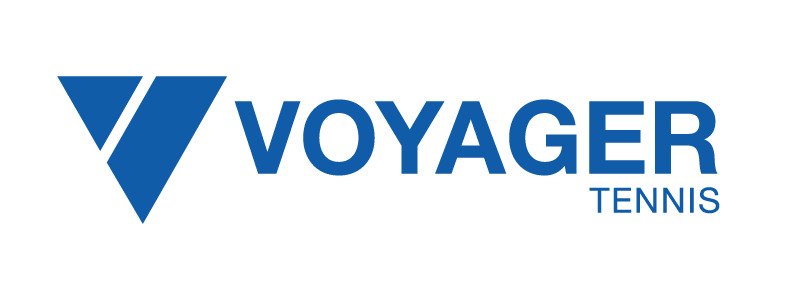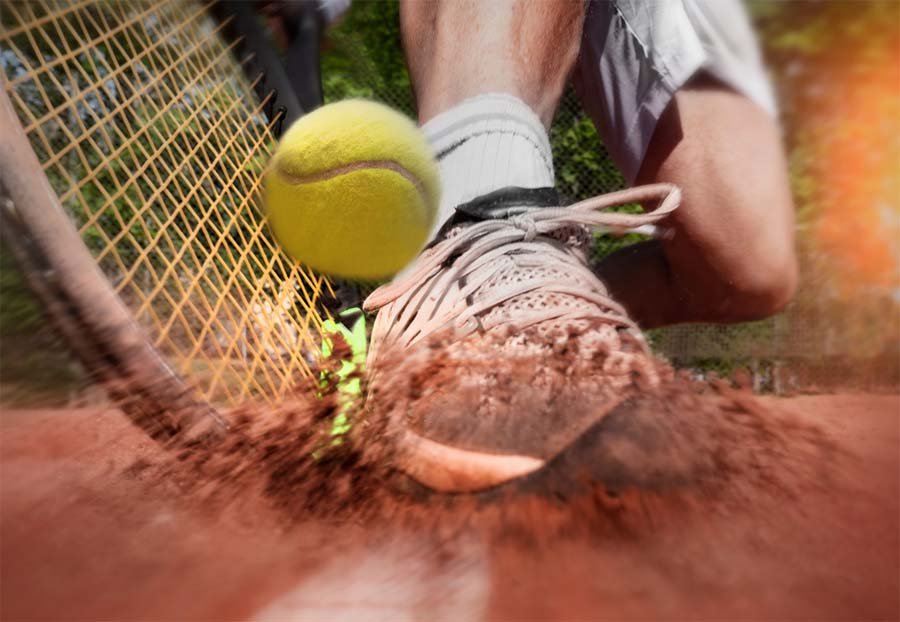
Gaining a good understanding of the different playing conditions is important for junior players and parents.
Young players need to compete on all surfaces and in all conditions for their development. As they gain more experience they should start to identify the conditions that are most suitable for them and focus on these to increase their chances of playing at their best. As players become older and clearly develop a game style the playing conditions start to have a big impact on a player’s individual performance.
Factors that affect match conditions
There are a number of factors that impact match conditions, such as tennis balls, the court surface, the weather conditions and altitude.
Tennis balls
Tennis balls often have the biggest influence on the match conditions, yet a lot of junior players don’t even know what ball they are using. Players can fall into the trap of thinking all balls are the same, but this couldn’t be further from the truth. Tennis balls vary quite a lot in size, bounce, weight and durability, which can alter how the ball behaves during a match.
The ITF oversees the official ball for all professional events and has an acceptable range of size and weight, allowing for variances from ball to ball. According to ITF standards, tennis balls must measure from 2.57 to 2.70 inches in diameter and weigh between 1.975 and 2.095 ounces. Considering this range of variability in tennis balls used by professionals, you can imagine how big the differences are for junior events.
The type of balls used at tournaments can have a dramatic effect on the playing conditions. As an example, players who like to be aggressive and finish the point off early will be far more suited to a quicker ball and find it more challenging to compete with a slower ball. There are many different types of balls and it’s important to be aware of the effect they have on the playing conditions.
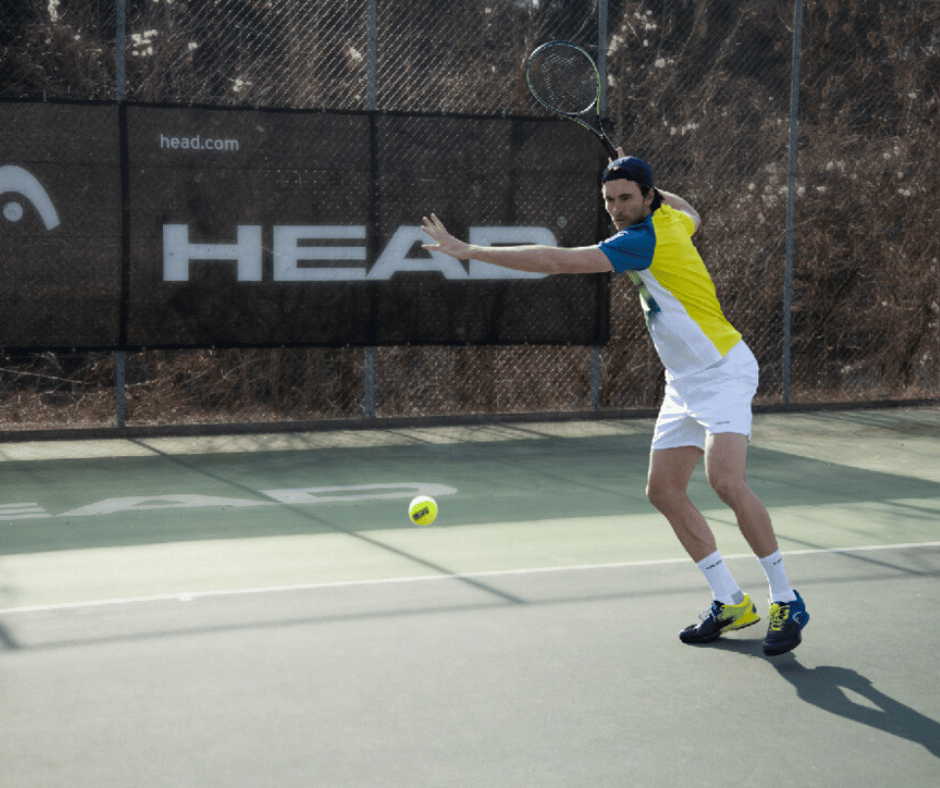
Tennis court surfaces
Some common tournament playing surfaces are hardcourt, clay, synthetic grass and natural grass, which will impact the effectiveness of a player’s game dramatically. And even if a player decides to play on just one surface, e.g. hardcourt, the way every court plays is completely different. As an example, the bounce on a hardcourt can be fast or slow, low or high. Surface can have a huge impact on how well your child plays.
You’ll probably have noticed certain pros performing really well at particular grand slams each year. For example, Rafael Nadal’s game is most suited to slow, high-bouncing clay courts, which is why he’s been so successful at the French Open, while Roger Federer prefers the faster, lower bouncing grass courts at Wimbledon.
Here are some common characteristics of the main court surfaces and the game styles that are most suitable to each.
Hardcourt
Bounce: Hardcourts have a true and predictable bounce. They can be anything from low to high bouncing.
Speed: This can vary from slow to fast.
Players’ movement: This surface suits standard movement with generally no sliding.
Suited game style: Fast hardcourts that have a low bounce will suit aggressive baseliners and all-court players who generally hit the ball flatter. A slow, high-bouncing hardcourt can suit players who are patient and play with more spin on the ball. A medium-paced court with a medium bounce is generally a great leveller for all players with no specific advantage going to any one playing style.
In recent years, the Australian Open has probably been the best example of a grand slam with a neutral playing surface each year.
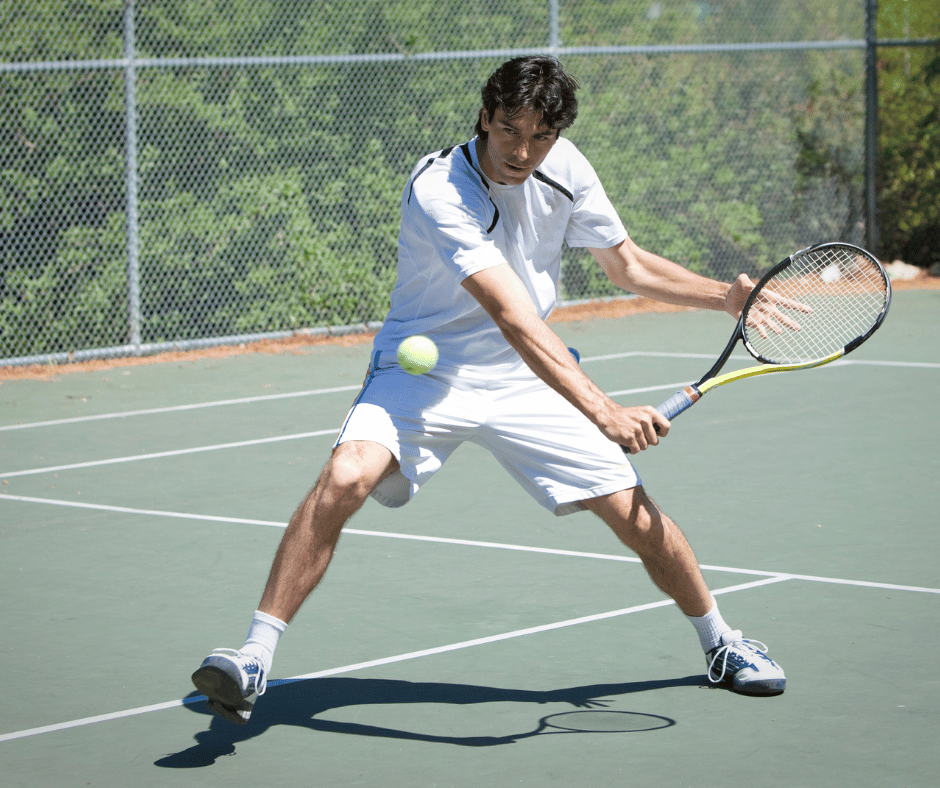
Clay court
Bounce: Sometimes a clay court is uneven if it’s not groomed well and the ball can skid off the lines. It often has higher than the average bounce. The ball tends to grip the court, which increases the effectiveness of top spin on groundstrokes and serve.
Speed: It is generally slow, particularly if courts have been recently watered. The dryer the court, the faster it becomes.
Players’ movement: This surface requires different movement patterns from hardcourts, the biggest difference being that players need to learn to slide into the ball and not after it. Players who use hardcourt footwork on clay tend to slide after the shot, losing 1–2 metres every shot which makes them a lot less effective on this surface.
Suited game style: Due to the typically slow, high-bouncing court, this surface suits players who use moderate to heavy topspin, are patient and consistent, and know how to slide into the ball. The all-court aggressive players tend not to be as effective on this surface as it’s more difficult to hit winners and get cheap points.
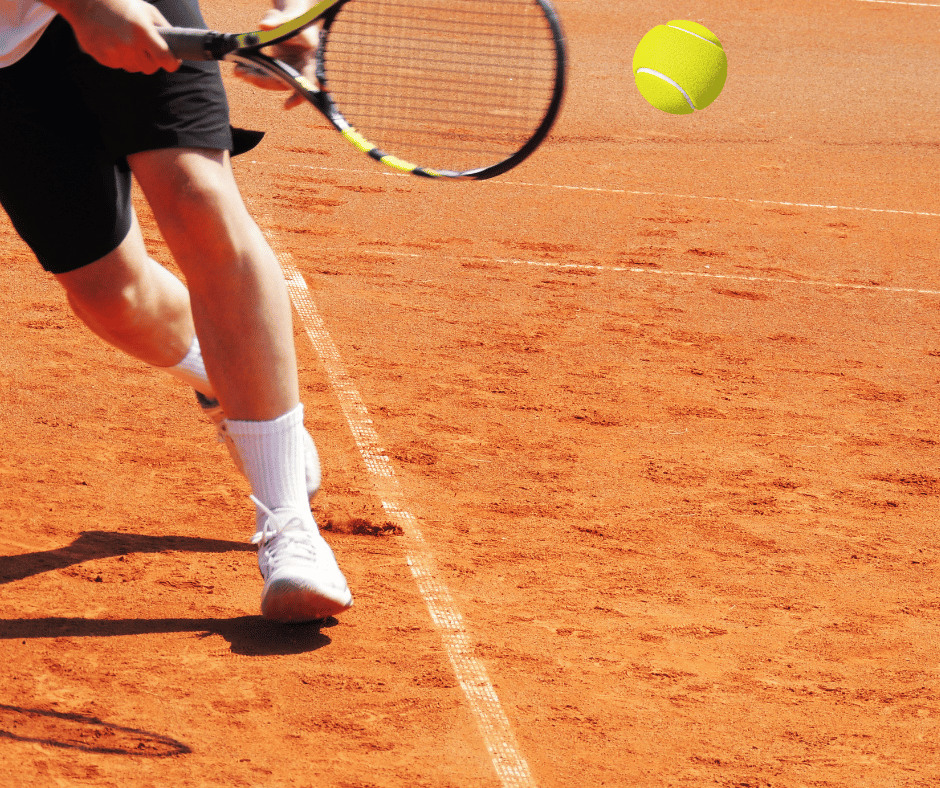
Grass court
Bounce: This is generally low. Due to the uneven surface on a lot of grass courts, the bounce can be random, which requires players to adjust.
Speed: Generally fast – although how the grass is laid can determine the speed of the court.
Players’ movement: Standard hardcourt movement works due to players not being able to slide, but players will need to set their centre of gravity lower than they would normally because of the low-bouncing nature of the court.
Suited game style: Aggressive baseliners who hit the ball flatter and lower than other players; all-court players who like to take the ball early and attack; big servers; serve-volleyers; and players who like to play first-strike tennis.
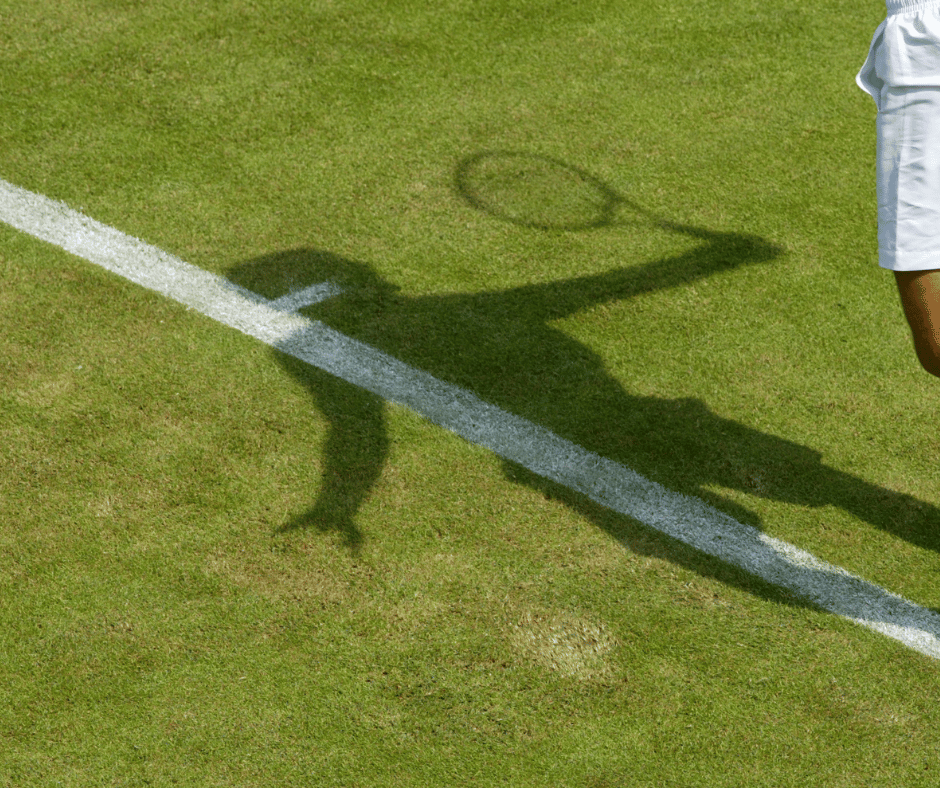
Synthetic grass court
Bounce: On this court bounce is typically low. The ball can skid off the court, particularly when the surface is wet.
Speed: This depends on each individual court, but typically the wetter synthetic grass courts are, the faster they get. This is the opposite to clay.
Players’ movement: Synthetic grass courts with the standard amount of sand will require players to slide to the ball (similar to clay court movement), while courts without much sand will require hardcourt movement.
Suited game style: Crafty players who enjoy using the slice backhand; aggressive baseliners who hit the ball flatter and lower; all-court players who like to take the ball early and attack; big servers; serve-volleyers; and players who like to play first-strike tennis. Counterpunchers who like playing patiently with heavy topspin will usually underperform on this surface.
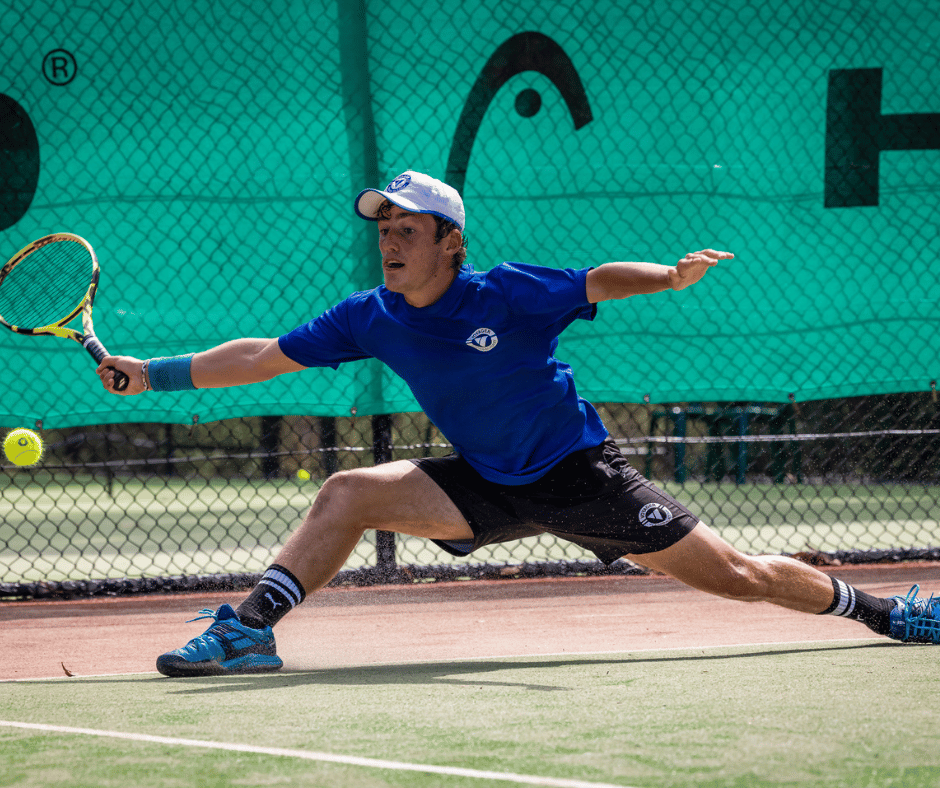
The weather conditions
Temperature: Some players handle the heat better than others. Generally fitter players perform better in hot conditions as it takes more energy than usual to produce the same output.
Hotter temperatures also produce fast playing conditions, while colder temperatures produce slower playing conditions. This is because as air gets hotter, it becomes less dense, which allows the ball to travel through it faster with less resistance. Players who are scheduling tournaments internationally should consider temperature as a factor in the events that they are looking to play.
Wind: Some places are known for being windy, for example outdoor conditions in New Zealand. Difficult wind conditions favour smart tactical players who are tough competitors prepared to adapt their game and do whatever it takes to win. Those with short tempers or who only play well when all the elements come together will generally not perform well in the wind.
Location: Most players will play their best tennis in their own country or an environment that they are comfortable in. It’s quite common for Australian players to do really well on the Australia future and challenger circuit, only to go overseas and barely win a match. The closer your child plays to home, the better they will generally play, particularly if they enter tournaments with conditions that suit their game style.
Altitude: The higher the altitude, the thinner the air and the faster the playing conditions become. Most tournaments around the world are played at around sea level, but there are countries that have high-altitude events such as Sao Paulo in Brazil, Andorra in Europe or Busan in South Korea where Sam Groth recorded the world’s fastest serve. Altitude can make such a big difference that the ITF only permits certain types of balls to be used in these conditions.
Summary
Junior players should learn to play in all types of match conditions so they can practice adapting their game and increase their observation skills.
More experienced players will know how to alter their strategy and tactics to give them an edge over their opponent and the key first step is being aware of the conditions and how they can affect performance.
By Ryan Henry, Managing Director of Voyager Tennis and Ex-Pro Tennis Player
